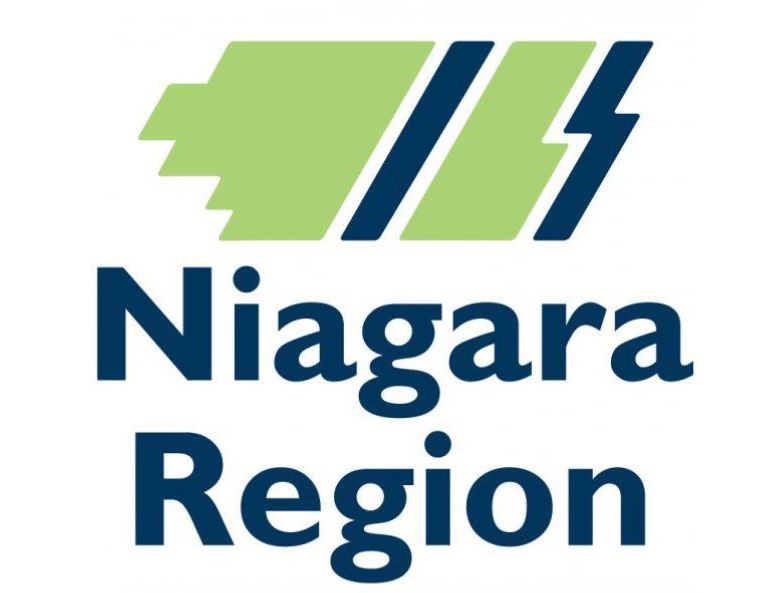
Niagara now has a sustainable and long-term plan to improve the safety and well-being of our community.
Approved by Regional Council at its June 24 meeting, Niagara’s first ever Community Safety and Well-Being (CSWB) Plan will strengthen how Niagara’s governments, police service and agencies work together on important safety and well-being issues in our community, and provides a framework to address emerging issues through ongoing engagement and collaboration.
The Plan identifies opportunities for action, alignment and monitoring in four areas of focus: mental health and addictions, housing and homelessness, poverty and income and systemic discrimination. It is set to bring a wide range of benefits for local agencies, organizations, frontline service providers and residents, including:
- Enhanced communication and collaboration among agencies and organizations
- Increased understanding of local risks and vulnerable groups
- Ensuring services are provided to individuals with complex needs
- Increased awareness, coordination and access to services for community members and vulnerable groups
The Plan was guided by a CSWB Advisory Committee of 22 local organizations, from including local government, police, education, social services, health care, and others.
Niagara’s Plan reflects the lived experiences and realities faced by our community’s diverse populations, thanks to two phases of community consultation which included two public surveys and 37 focus groups, both in-person and virtual.
A critical component of the Plan’s formation was ensuring the voices and lived experiences of Niagara’s Indigenous communities were represented. The Advisory Committee worked with the Niagara Chapter of Native Women and the Niagara Indigenous Community Executives (N.I.C.E.), to provide opportunities for off-reserve Indigenous peoples to share their perspectives on safety and well-being, resulting in the Mno Bmaadziwin: Community Safety and Well‑Being Indigenous Engagement Report earlier this year.
Rather than placing a halt on these consultations, the COVID-19 pandemic also shed light on the disproportionate impacts the pandemic has had on Niagara’s vulnerable populations, and contributed to a better understanding of these systemic issues.
Moving forward, action tables will be created to start addressing each of the Plan’s four focus areas through the remainder of 2021, and will be updated annually.
Quotes
"Safety and well-being planning is a difficult and complex task, and the strength of Niagara’s Plan lies in its rigorous and collaborative approach that incorporates the voices of everyone in our community. I would like to thank the many individuals and organizations who have contributed their time and effort to help build a Niagara in which everyone is safe, supported and has the opportunity to thrive" ~ Regional Chair Jim Bradley
"Addressing the safety and well-being of our community is about more than just preventing crime or responding to a crisis – and takes more than the efforts of a single organization. Often, the solution to these issues lies in thoughtful planning and proactive action across many community partners. Niagara’s Community Safety and Well-Being plan allows Niagara’s governments and agencies to work together to identify and address these issues early and effectively." ~ Acting Chief Administrative Officer Ron Tripp
"The Niagara Regional Police Service recognizes and values a collaborative approach to serve and protect the residents of Niagara. The areas of focus outlined in this plan identify a number challenging issues that will require a multi-sectoral collaborative approach, and the NRPS looks forward to continuing to work with our community partners to enhance community safety and well-being within Niagara. There is still much work to be done, but this roadmap will ensure we are all working together with the goal of community safety and well-being at the forefront of our priorities." ~ Chief of Police Bryan MacCulloch, Niagara Regional Police Service
A message from Niagara Region










